
How to Maintain a Compliant Cold Water Storage Tank
Home » Water Regulation » How to Maintain a Compliant Cold Water Storage Tank

Maintaining a cold water storage tank is essential for meeting UK compliance standards, protecting public health, and ensuring long-term system reliability. Even a fully approved WRAS and BS EN 13280 tank will fail compliance if it is not inspected, cleaned, and serviced correctly.
This guide explains the step-by-step process to keep a tank compliant, including inspections, cleaning routines, and record-keeping. It is suitable for facilities managers, consultants, and installers who need to meet Water Supply (Water Fittings) Regulations 1999 and Health & Safety Executive (HSE) guidance.
Why Tank Maintenance Matters
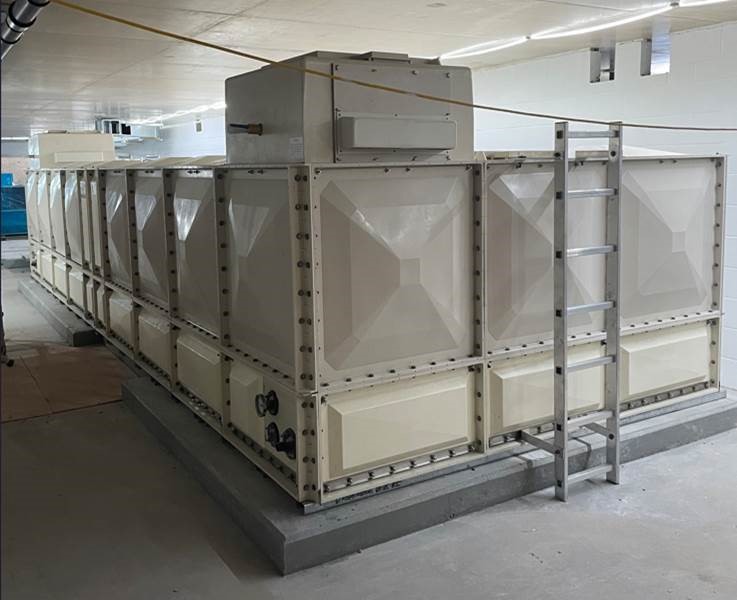
- Health protection – prevents Legionella and other bacterial growth.
- Legal compliance – required under UK water regulations.
- Operational efficiency – reduces risk of leaks, contamination, and costly breakdowns.
- Evidence for regulators/insurers – logbooks and certificates demonstrate compliance.
Step-by-Step: How to Maintain a Compliant Tank
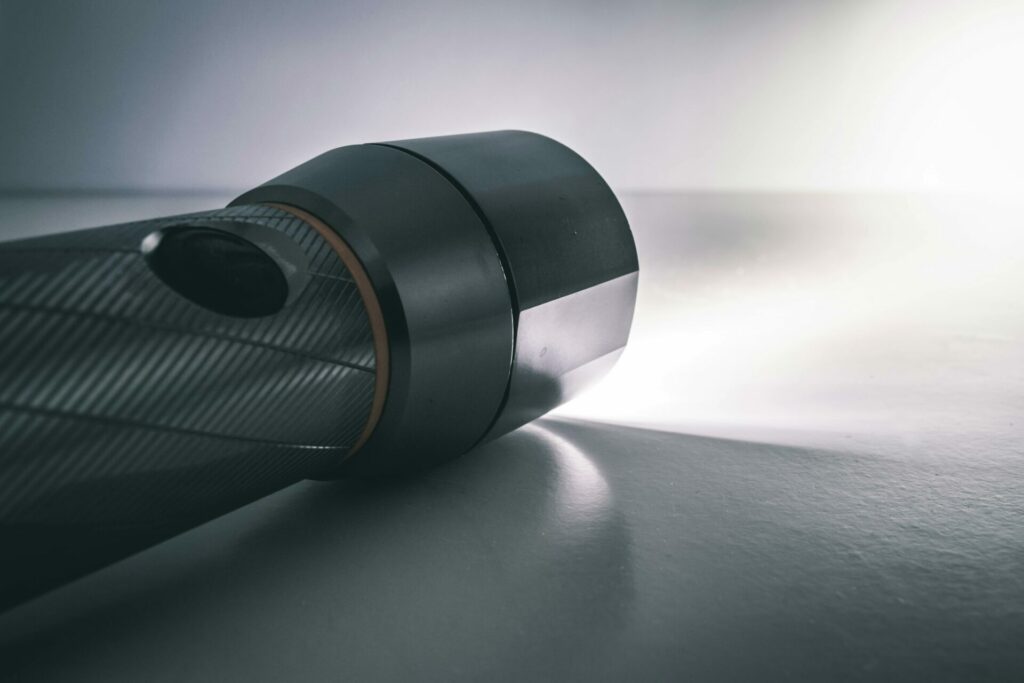
visual inspection
What to check:
- Cracks, leaks, corrosion, bulging panels.
- Insulation damage or gaps.
- Security of lids, vents, and overflow screens.
How often: Monthly or quarterly, depending on site risk profile.
Tip: Use a torch and thermometer to record water conditions.

Cleaning and Disinfection
What to do:
- Drain Tank Safely
- Remove sediment, scale, or debris
- Disinfect with an approved biocide or chlorine solution
- Flush and refill with potable water
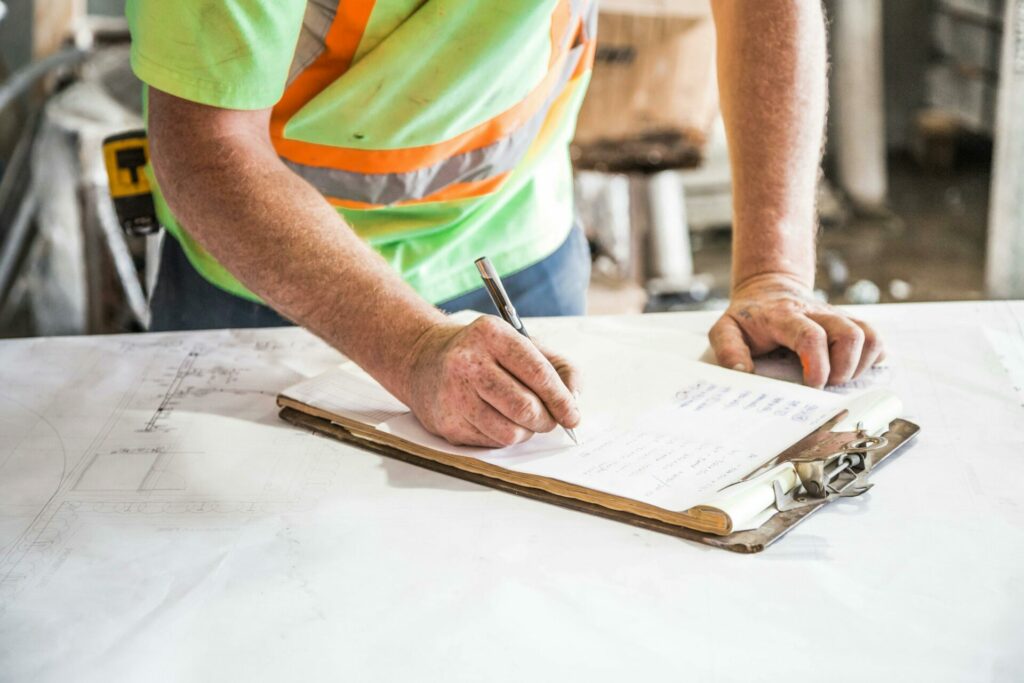
Record Keeping
What to record:
- Inspection dates and findings.
- Cleaning and disinfection details
- Any repairs or remedial actions

Annual Service
What it includes
- Professional inspection of fittings, structure, and supports
- Verification of compliance with WRAS and BS EN 13280.
- A written compliance report for records and insurers.
Who should do it: A qualified contractor or the manufacturer’s approved service team.
Common Maintenance Issues and Fixes
- Issue: Build-up of sediment → Fix: Schedule more frequent cleaning.
- Issue: Unscreened overflow pipes → Fix: Install screened fittings to prevent contamination.
- Issue: Damaged insulation → Fix: Replace or repair insulation to maintain water below 20°C.
- Issue: Missing logbook entries → Fix: Keep records up to date and assign responsibility.
Tools and resources
- Maintenance Checklist PDF – download for on-site inspections.
- Tank Sizing Calculator – confirm system capacity remains suitable.
- Knowledge Hub Articles – additional guides on compliance and standards.
Common Maintenance Issues and Fixes
- Issue: Build-up of sediment → Fix: Schedule more frequent cleaning.
- Issue: Unscreened overflow pipes → Fix: Install screened fittings to prevent contamination.
- Issue: Damaged insulation → Fix: Replace or repair insulation to maintain water below 20°C.
- Issue: Missing logbook entries → Fix: Keep records up to date and assign responsibility.
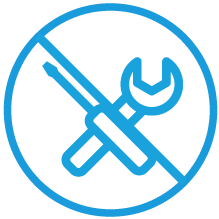
How often should I clean a cold water storage tank? At least once a year, with more frequent cleaning for high-risk buildings.
Do I need a professional to maintain the tank? Visual inspections can be done in-house, but annual servicing should be carried out by trained professionals.
What happens if maintenance is not recorded?
Even if work is carried out, regulators may treat the tank as non-compliant without documented evidence.
Read More...
- Water Tank Installation & Maintenance
- Cold Water Storage Tanks
- Case Studies

How to Maintain a Compliant Cold Water Storage Tank
Maintaining a cold water storage tank is not just about ensuring a reliable water supplyit is also a legal and safety requirement. A poorly maintained tank can pose serious risks, including bacterial growth such as Legionella, structural deterioration, or non-compliance with current regulations.
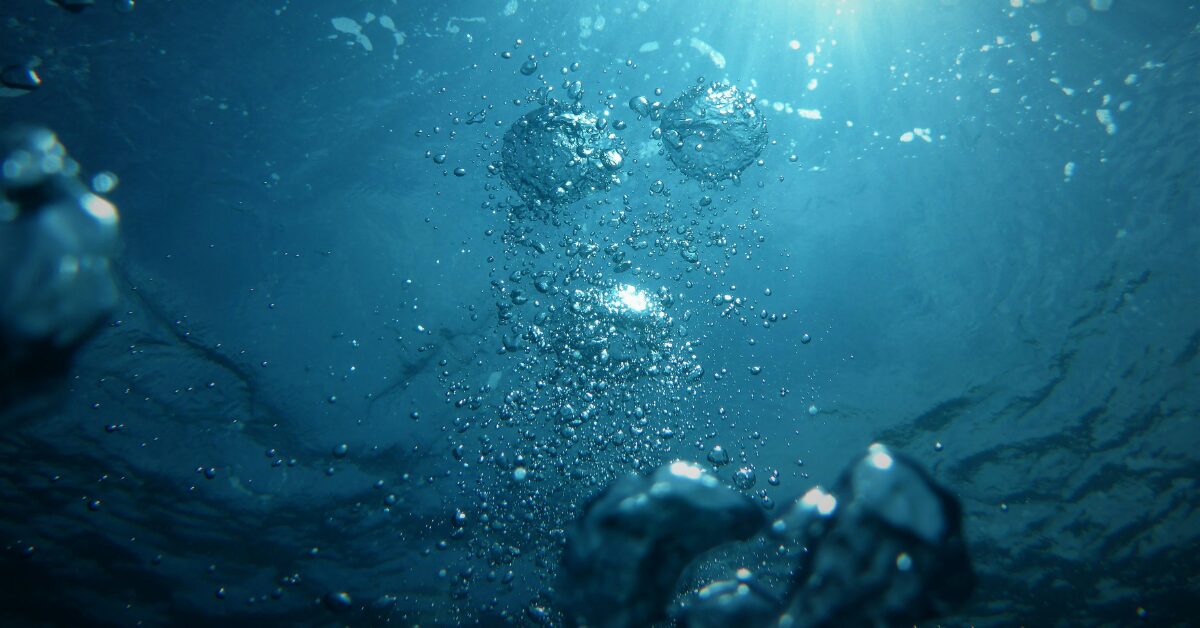
Leak in Water Tank: Causes, Prevention, and Solutions
Water tank leaks can lead to significant structural damage and water loss. Common causes include corrosion, poor installation, and lack of maintenance. To prevent leaks, it's essential to ensure proper installation, use high-quality materials, and conduct regular inspections. For detailed guidance on causes, prevention, and solutions for water tank leaks, refer to Tricel Water UK's comprehensive article.
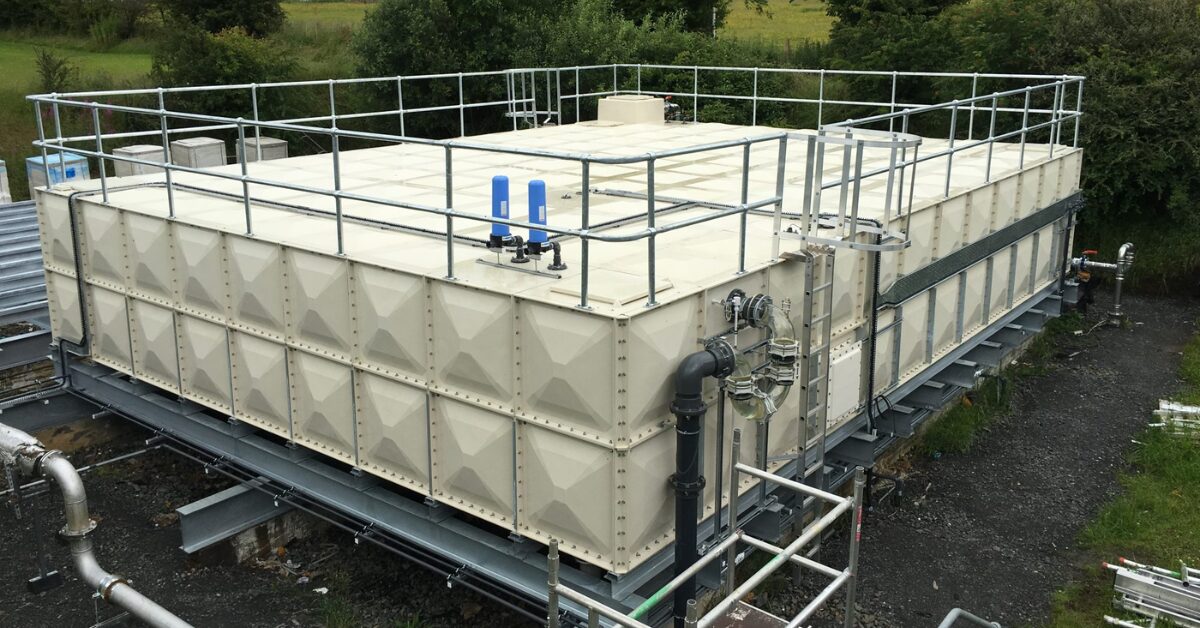
Importance of Base Levelling Steels
Proper base levelling is essential for the stability and longevity of your water tank. This guide explains why base levelling steels are crucial for preventing structural issues and ensuring your tank performs optimally over time.
Water Tank Replacement
Replacing your water tank is crucial for maintaining system efficiency and preventing costly repairs. This guide covers key signs that it’s time for a replacement and the best practices for installing a new tank, ensuring reliable water storage.
